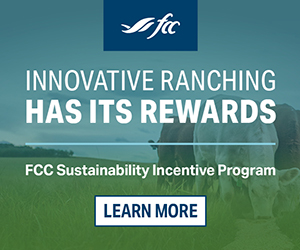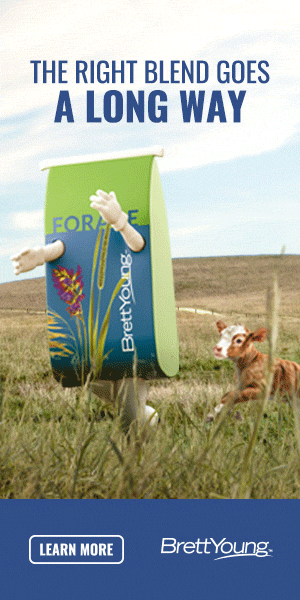AB Direct - Steers
Rail: ---
AB Direct - Heifers
Rail: ---
US Trade- Steers
Rail: 360.00 (IA)*few
US Trade - Heifers
Rail: 360.00 (IA)*few
Canadian Dollar
0.10

Consumers have no beef with feeding food waste to cattle
Consumers really do eat up the idea of cattle consuming food waste.
So much so, that a recent survey showed that consumers across the country seemed to warm up to the idea of beef production practices in Canada when they were related to a challenge they undertake in their homes everyday.
The survey, conducted by the Canadian Cattlemen’s Association’s (CCA) Public and Stakeholder Engagement team (PSE), investigated the perception of livestock eating food by-products by showing first-hand examples of cattle being fed.
The survey included 88 people from across the country, who largely live in urban and suburban settings.
Most that took part had limited knowledge about beef production and held neutral to negative leanings about beef production practices in Canada.
However, when they were presented with videos and social media posts showing first-hand the large-scale efforts farmers take to combat greenhouse gas emissions by having cattle eat things like discarded fruits and vegetables, their opinions shifted to a more positive outlook.
In one example, Bear Trap Feeders owner and CCA President, Bob Lowe, tours viewers through his feedlot in a video where he showcases the use of food that doesn’t make it to the grocery store. The food includes fruit and vegetables, which they feed cattle through a partnership with wholesaler, Thomas Fresh, out of Calgary.
The video struck a chord with most respondents.
“We’re combatting food waste while raising beef. I like the mounds of produce there. It really shows the impact of the amount of food waste being salvaged,” one participant said.
CCA Public and Stakeholder Manager, Amie Peck, says the connection between feedlot and food waste became a lot clearer and more relevant to folks.
“They can relate it to how they are reducing food waste at home. Farmers and ranchers are doing the same thing on a large scale,” Peck said during a presentation to stakeholders.
One participant says they were surprised that farmers feed animals food that would normally end up going to waste.
“It really improves my opinion of the farming practices,” they said.
It’s clear in this survey that consumers by and large trust farmers. Where their trust declines is with the industry in general. By showing collaboration between farmers and the agri-food supply chain on an issue everyone relates to, such as reducing food waste, it helped raise the opinions of many survey participants.
Just over 75 per cent of the participants preferred the statement about feedlots being an integral part of reducing food waste because cattle can eat food like stale bread or over-ripe vegetables that aren’t suitable for people. Compared to about one-quarter who preferred feedlots decrease the number of resources like land, water and feed used, which helps lower greenhouse gas emissions.
The difference? Relatability.
Overall, the major take-away from the survey is that connecting cattle to food waste is seen as positive by consumers and improves their impressions about the industry and its efforts to reduce environmental impact and give people a lot of food for thought.
The CCA’s Public and Stakeholder Engagement Program’s aim is to increase public trust in Canada beef production and is funded by the National Check-off.
This article was first published in Volume 1 Issue 4 edition of ABP Magazine (November 2021). Watch for more digital content from the magazine on ABP Daily.



